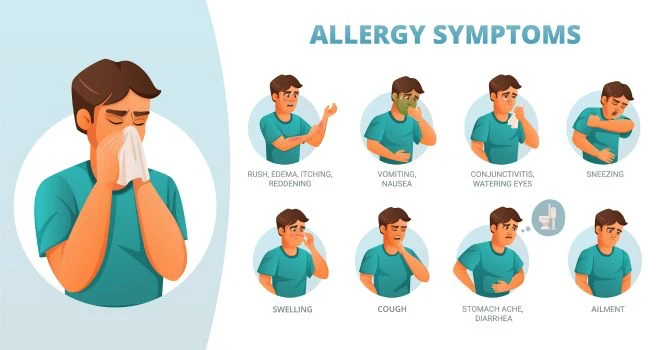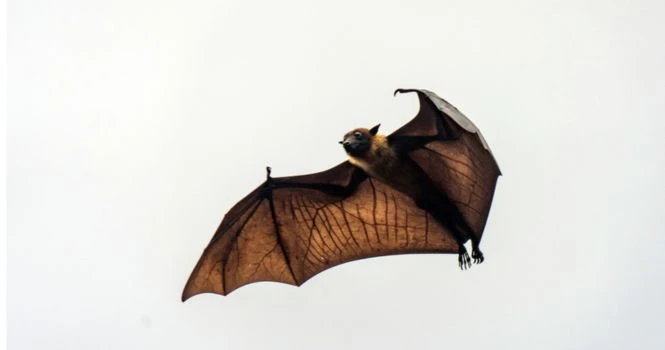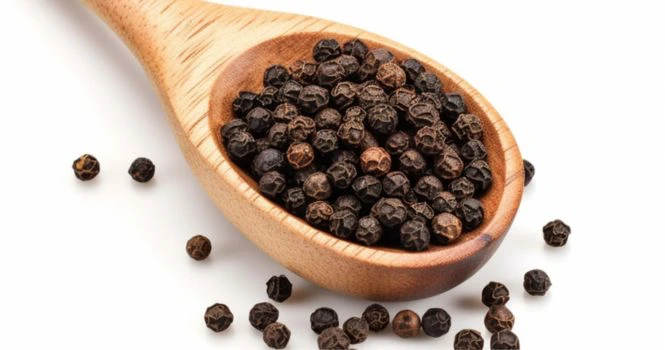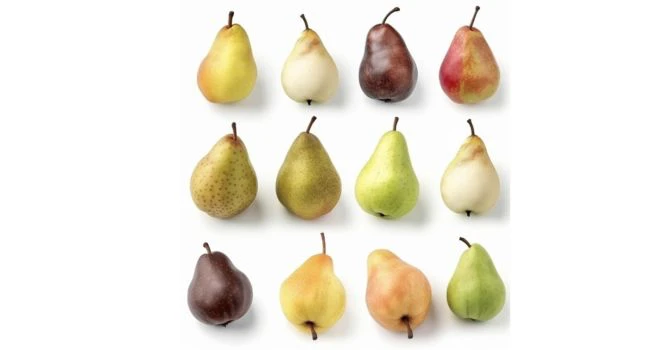Chagas Disease: Causes, Symptoms, Prevention, and Latest News
Chagas disease, also known as American trypanosomiasis or Doença de Chagas, is often called a “silent killer” because symptoms may go unnoticed for years. Caused by the parasite Trypanosoma cruzi and spread by the kissing bug, it affects more than 7 million people worldwide, mostly in Latin America, but cases are also reported in the United States.
With headlines calling it the “deadly kissing bug” disease, many are asking: How do you get it? Is it curable? How can you prevent it?
Here’s what you need to know — plus the latest news updates.
What Is Chagas Disease?
Chagas disease is an illness caused by a tiny parasite called Trypanosoma cruzi. Most people get it from a type of insect known as the kissing bug. These bugs usually bite people at night, often near the face, and leave behind the parasite. While the disease is most common in Latin America, it has also been reported in the United States and other parts of the world
Why it’s called a “silent killer”
Doctors often call Chagas disease a silent killer because many people don’t know they have it. In the early stage, symptoms can be mild—like fever, swelling, or a small skin mark where the bug bit. After that, the disease may stay hidden for years without obvious signs. But slowly, the parasite can damage the heart and digestive system, leading to serious problems later in life.
History and discovery (Doença de Chagas)
Chagas disease was first described in 1909 by a Brazilian doctor named Carlos Chagas. That’s why the illness is named after him. In Portuguese, it’s called Doença de Chagas, which means “Chagas’ disease.” His discovery was important because it was one of the first times a doctor found not only the parasite but also the insect that spread it and the illness it caused—all at once.
How Do You Get Chagas Disease?
Most people get Chagas disease from kissing bugs, but there are also a few other ways the parasite can spread.
Kissing bug bites
Kissing bugs are insects that usually bite people at night, often near the mouth or eyes. The bite itself isn’t dangerous, but what happens is: after biting, the bug often poops near the wound. The poop contains the parasite Trypanosoma cruzi. When a person scratches the itchy bite, the parasite can slip into the skin or eyes.
Sometimes, a small swollen red bump can appear at the bite site. Doctors call this a Chagas bite mark. It may go away on its own, but the parasite can already be inside the body.
Other transmission routes (blood transfusion, pregnancy, food, organ transplant)
Kissing bugs aren’t the only way Chagas disease spreads. The parasite can also be passed:
- Through blood transfusion or organ transplant if the donor is infected.
- From mother to baby during pregnancy or childbirth.
- By eating or drinking food contaminated with the feces or urine of infected triatomine bugs. This route is less common but has caused outbreaks in some regions.
It’s important to know that Chagas disease does not spread through casual contact like hugging, shaking hands, or sharing meals.
Because of these risks, many countries now screen donated blood and organs for Chagas disease to protect patients.
Where Are Kissing Bugs Found?
Kissing bugs live in warm areas, especially where houses are made of mud, straw, or thatched roofs. These places give the bugs cracks and spaces to hide during the day before coming out at night to feed. One of the most common species linked to Chagas disease is Triatoma infestans, especially in Latin America.

From Left to Right: Triatoma protracta, the most common species in the western U.S.; Triatoma gerstaeckeri, the most common species in Texas; Triatoma sanguisuga, the most common species in the eastern U.S. Adult kissing bugs are usually 0.5 to 1 inch long (about 12–25 mm).
Kissing bug locations worldwide
Kissing bugs are most common in Latin America, including countries like Brazil, Mexico, Argentina, and Bolivia. That’s why Chagas disease is more widespread there. But the bugs have also been spotted in parts of Central America and even some areas of South America.

Kissing Bugs in South America

Kissing bugs in the U.S.
In the United States, kissing bugs have been reported in southern states, especially Texas, Arizona, and New Mexico. While they do exist here, the risk of getting Chagas disease is much lower than in Latin America, mostly because housing conditions are different and better screening is done for blood donations.

Not to confuse with chiggers or leaf-footed bugs
It’s easy to mix up kissing bugs with other insects. For example:
- Chiggers are tiny mites that bite and cause itching, but they don’t spread Chagas disease.
- Leaf-footed bugs are plant insects that look similar but don’t bite people.
Only true kissing bugs carry the parasite that causes Chagas disease.
Symptoms of Chagas Disease
Chagas disease can be tricky because the symptoms change over time. Some people notice problems right after getting infected, while others don’t realize anything is wrong until years later.
Life Cycle of Trypanosoma cruzi.

The parasite that causes Chagas disease, Trypanosoma cruzi, has two stages of its life cycle — one in the kissing bug and one in humans or other mammals.
When a kissing bug bites and then passes infected feces near the wound or eyes, the parasite enters the body. Inside, it changes into a form called amastigotes, which live and multiply inside human cells. These later transform into trypomastigotes, which burst out into the blood and spread to other tissues, including the heart and digestive system.
If another kissing bug feeds on an infected person or animal, it swallows the parasite. Inside the bug’s gut, the parasite multiplies again, eventually changing into the infective form that can spread to the next host. This cycle keeps the disease moving between insects and mammals.
In this cycle, the living beings that carry the parasite are called hosts. Humans are important hosts, but many animals can also carry the parasite, including dogs, cats, raccoons, opossums, armadillos, rodents, and monkeys.
These animals act as reservoirs, keeping the parasite alive in nature and making it easier for kissing bugs to spread Chagas disease from one host to another.
Early signs (bite mark, fever, swelling)
In the first few weeks, a person might notice:
- A swollen red bump at the site of the bug bite, sometimes near the eye or face.
- Fever, tiredness, or headaches, which can feel like a regular viral illness.
- Swelling of the eyelid or face, especially if the bug bite was near the eyes. Doctors call this swelling near the eye the Romaña sign, which is considered a classic early symptom.
These early signs don’t last long and can go away on their own. That’s why many people never realize they were infected.
Long-term complications (heart, digestive issues)
If the parasite stays in the body for years, it can slowly damage important organs. This stage is called chronic Chagas disease. Problems may include:
- Heart damage, which can cause irregular heartbeat, heart failure, or even sudden death.
- Digestive issues, such as swelling of the esophagus or intestines, making it hard to eat or digest food properly.
Not everyone develops these serious problems, but for those who do, they can be life-threatening.
Is Chagas Disease Curable?
Yes, but with some important details;
Early stage (acute phase):
- Chagas disease can be cured if treated quickly after infection.
- The two approved medicines — benznidazole and nifurtimox — are most effective in children and young adults when given soon after infection. These medicines work by killing or weakening the parasite inside the body. They are usually given as tablets and must be taken for several weeks.
Chronic stage (long-term infection):
- In people who have carried the parasite for many years, the medicines may not completely remove it.
- However, treatment can reduce parasite levels, slow disease progression, and prevent complications like heart or digestive problems.
No vaccine yet:
Prevention (avoiding kissing bug bites, safe blood screening) is still essential.
There is currently no vaccine for Chagas disease.
Effectiveness when caught early
Treatment works best in the early stage of the disease, right after infection. In children and young people, the medicines can often clear the parasite completely.
How Common Is Chagas Disease?
Chagas disease isn’t rare in some parts of the world, but it doesn’t get as much attention as other illnesses.
Global prevalence (Latin America focus)
Worldwide, about 6 to 7 million people are believed to have Chagas disease. Most of them live in Latin America, especially countries like Brazil, Mexico, Argentina, and Bolivia.
This is because kissing bugs are more common in those regions, and many rural homes give the bugs places to hide. In fact, Chagas disease is one of the leading causes of heart failure in Latin America, showing how serious the long-term effects can be.
Risk in the U.S.
In the United States, kissing bugs do exist, mainly in southern states such as Texas, Arizona, and New Mexico. But the actual number of people infected is much smaller compared to Latin America.
Experts estimate around 300,000 people in the U.S. may have Chagas disease, and most of them were likely infected in Latin America before moving to the U.S.
Blood banks and hospitals in the U.S. now screen for Chagas disease, which helps reduce the chance of it spreading through transfusions or organ donations.
Chagas Disease Prevention
There is currently no vaccine for Chagas disease, which makes prevention the most important way to stay safe.
Protecting yourself from kissing bug bites
Since kissing bugs spread the parasite, keeping them away is the most important step. You can:
- Use window screens and bed nets to keep bugs from entering the house.
- Seal cracks in walls and roofs, especially in rural or older homes where bugs like to hide.
- Keep outdoor lights limited at night, since they attract insects.
- Clean up piles of wood, leaves, or clutter around the house where bugs might live.
These simple steps reduce the chances of being bitten at night.
Screening in blood transfusions and donations
Chagas disease can also spread through blood transfusions or organ transplants if the donor is infected. To prevent this, many countries now:
- Test donated blood and organs for the parasite.
- Reject donations that test positive.
This screening has made blood transfusions and organ transplants much safer in places like the U.S., Brazil, and other countries where Chagas is a concern.
Latest News
This section will be updated as new reports come in…
Emerging data from the CDC’s Emerging Infectious Diseases journal reveals that the Trypanosoma cruzi parasite—a cause of Chagas disease—is now firmly present in the southern United States.
Notably, 32 U.S. states have confirmed the presence of the triatomine insect (kissing bug), which can harbor the parasite.The Independent-CDC Travelers’ Health
Eight states—including California, Texas, Arizona, Louisiana, Missouri, Mississippi, Tennessee, and Arkansas—have reported locally acquired human cases.
Researchers also document infections in domestic dogs (with rates exceeding 30%) and wildlife such as raccoons, armadillos, and opossums, highlighting an established disease transmission cycle.The Independent-ChronCDC Travelers’ Health
Given this mounting evidence, leading scientists advocate classifying Chagas disease as endemic—or at least hypoendemic—in the U.S., to increase surveillance, awareness, and public health response
Key Takeaways
Chagas disease is a serious illness caused by a parasite spread mostly by kissing bugs. It’s called a silent killer because symptoms can be mild at first but may lead to heart or digestive problems years later.
The good news is that treatment works best when the disease is caught early. Preventing bug bites, keeping homes clean and sealed, and screening blood donations are key ways to stay protected.
Organizations like the World Health Organization (WHO) and the Pan American Health Organization (PAHO) run programs to control kissing bugs and improve blood screening in affected countries.
Sources
- CDC – Centers for Disease Control and Prevention (USA)
CDC – Chagas Disease - WHO – World Health Organization
WHO – Chagas Disease Fact Sheet - PAHO – Pan American Health Organization
PAHO – Chagas Disease - NIH – National Institutes of Health (USA)
NIH – Chagas Disease Research
![]()













